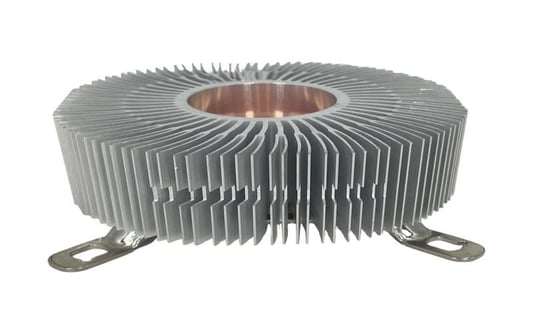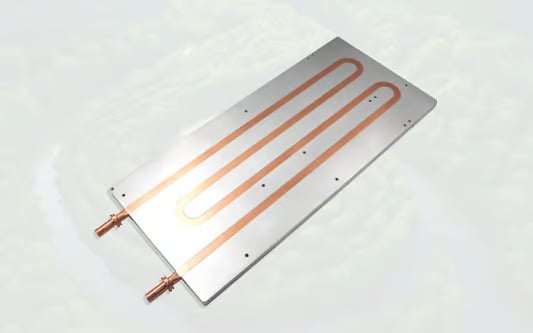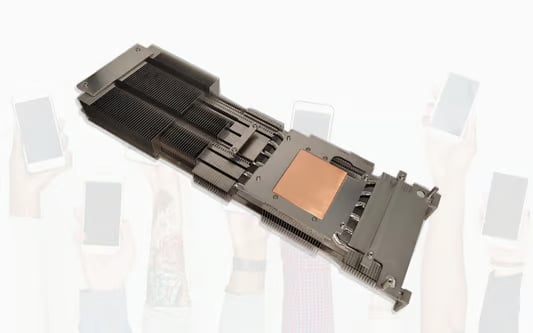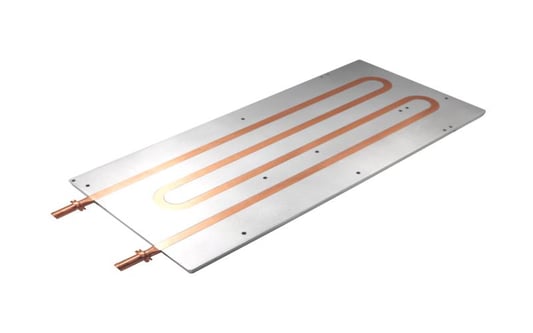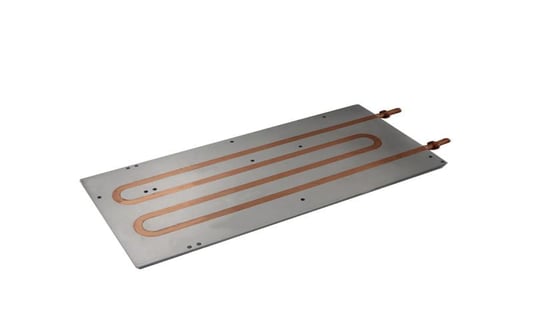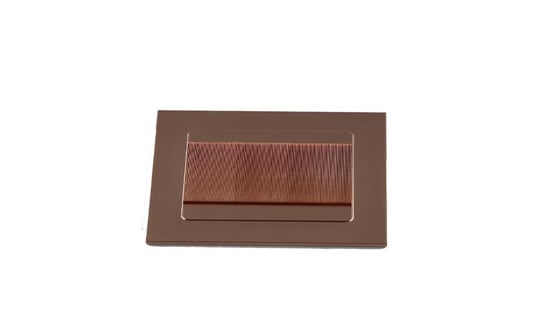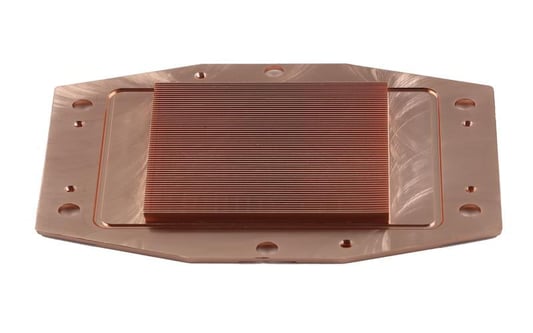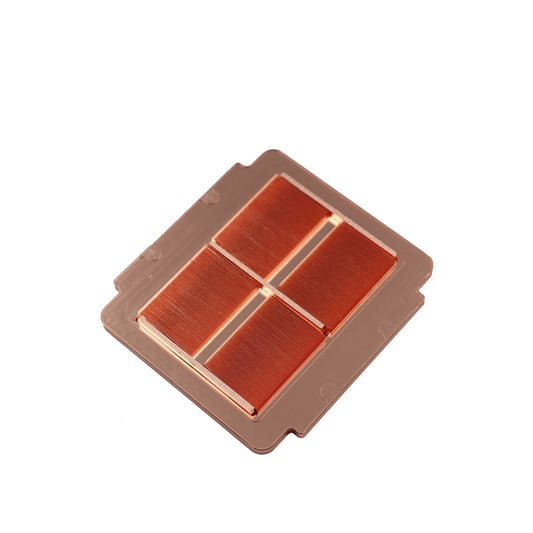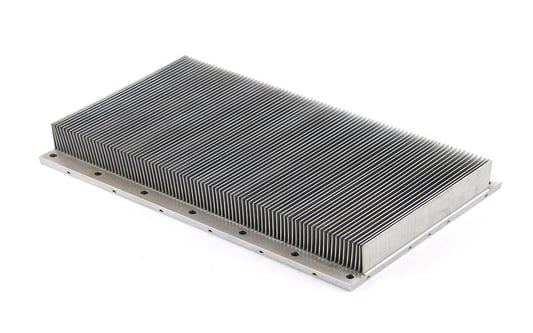The Importance of the Heat Sink in LED LightingLEDs, or light-emitting diodes, have revolutionized the lighting industry with their energy efficiency and longevity. However, these electronic components generate heat during operation, which can significantly impact their performance and lifespan. This is where the heat sink comes into play. In this article, we will delve into the function and significance of the heat sink in LED lighting systems.Understanding the Basics: What is a Heat Sink?Before we dive into the specifics of LED heat sinks, let's first understand what a heat sink is. A heat sink is a device designed to dissipate heat away from a hot surface to prevent overheating. It typically consists of a thermally conductive material, such as aluminum or copper, and various fin-like structures that increase the surface area for better heat dissipation.The Functionality of Heat Sinks in LED LightingLEDs convert electrical energy into light energy through a process called electroluminescence. However, a significant portion of the electrical energy is also converted into heat energy, which needs to be efficiently dissipated to maintain optimal LED performance. This is where the heat sink plays a crucial role.Heat Transfer Mechanisms in LED Heat SinksHeat transfer in LED heat sinks occurs through three primary mechanisms: conduction, convection, and radiation. Conduction involves the direct transfer of heat from the LED chip to the heat sink material, which is aided by the use of thermal interface materials (TIMs) to enhance conductivity. Convection, on the other hand, relies on the movement of air or liquid to carry away heat from the heat sink's surface. Lastly, radiation refers to the emission of thermal energy in the form of infrared radiation.Types of Heat Sinks for LED LightingThere are several types of heat sinks commonly used in LED lighting systems, each with its own advantages and limitations. The most prevalent types include passive heat sinks, active heat sinks, and integrated heat sinks. Passive heat sinks rely on natural convection for heat dissipation, making them a cost-effective option. Active heat sinks, on the other hand, incorporate fans or blowers to enhance airflow, allowing for better heat dissipation. Integrated heat sinks are often integrated into the LED housing itself, maximizing thermal management efficiency.Factors Influencing Heat Sink Design for LEDsThe design of a heat sink for LED lighting depends on various factors that impact heat dissipation, including the LED power, ambient temperature, available space, and desired LED lifespan. Higher power LEDs require larger heat sinks with increased surface area to effectively dissipate the generated heat. The ambient temperature also plays a crucial role, as higher ambient temperatures reduce the heat sink's efficiency.Benefits of Proper Heat Sink ImplementationEffective heat sink implementation in LED lighting systems offers numerous benefits. Firstly, it prevents the LED from overheating, which can lead to reduced efficiency and premature failure. Additionally, a well-designed heat sink ensures consistent light output and color stability, as excessive heat can alter the LED's performance characteristics. Furthermore, proper thermal management can significantly extend the LED's lifespan, reducing maintenance and replacement costs.Challenges in Heat Sink DesignWhile heat sinks are essential for LED thermal management, their design and implementation come with certain challenges. One common challenge is the limited space available in compact LED fixtures, which necessitates innovative heat sink designs that maximize surface area within the given dimensions. Another challenge is the optimization of airflow and ventilation to ensure efficient heat dissipation.The Future of LED Heat Sink TechnologyAs LED technology continues to advance, so does the heat sink technology associated with it. Researchers are constantly exploring new materials and designs to improve heat sink efficiency. Some emerging technologies include phase-change materials, microchannels, and advanced heat pipe designs, all aimed at enhancing heat transfer capabilities and reducing thermal resistance.ConclusionHeat sinks are crucial components in LED lighting systems, playing a vital role in dissipating heat and ensuring optimal LED performance and longevity. By effectively managing thermal energy, heat sinks prevent overheating, maintain consistent light output, and extend the lifespan of LEDs. As LED technology evolves, so does the heat sink technology, offering promising advancements in heat dissipation and thermal management.Quote Inquiry


